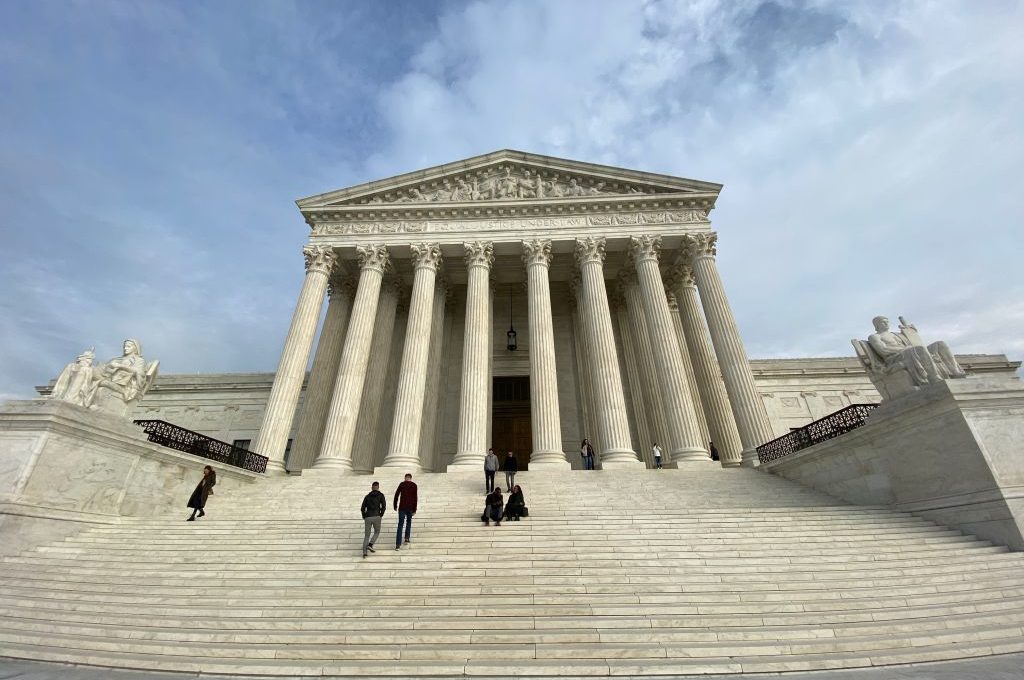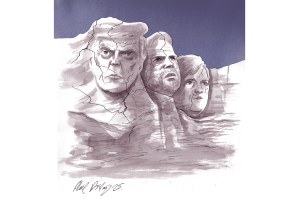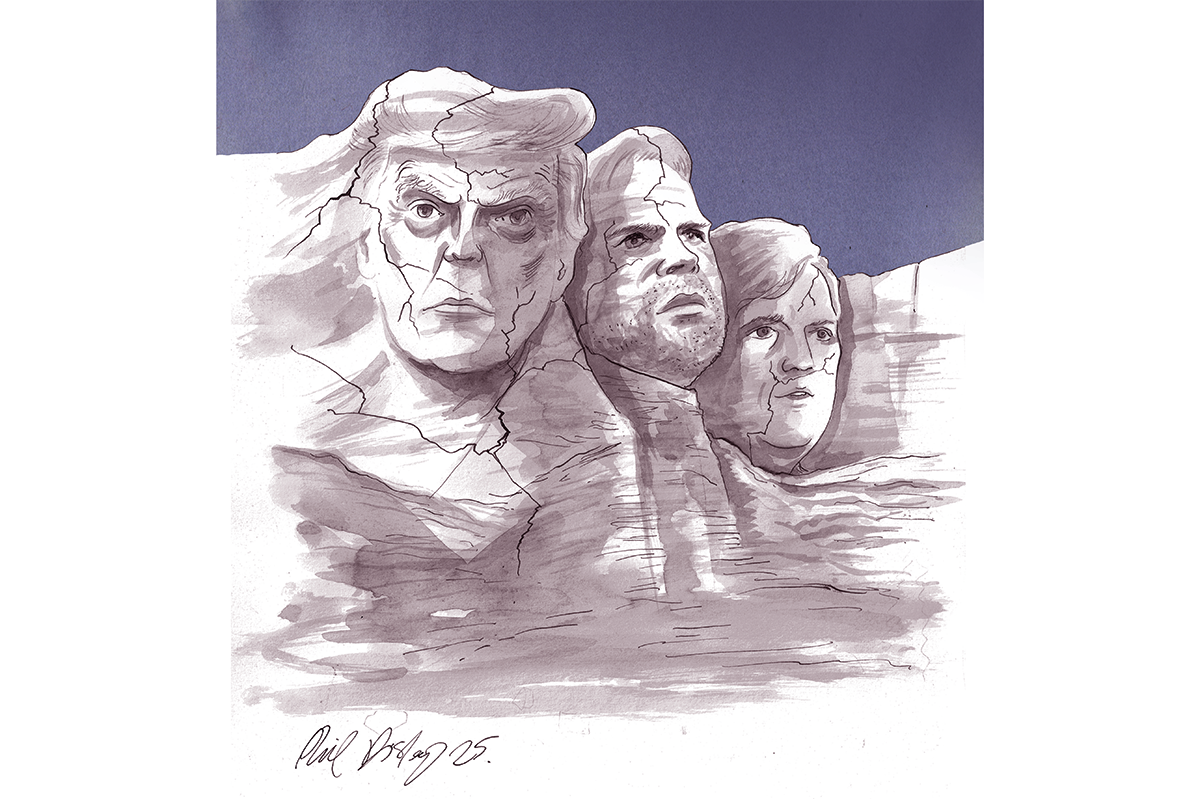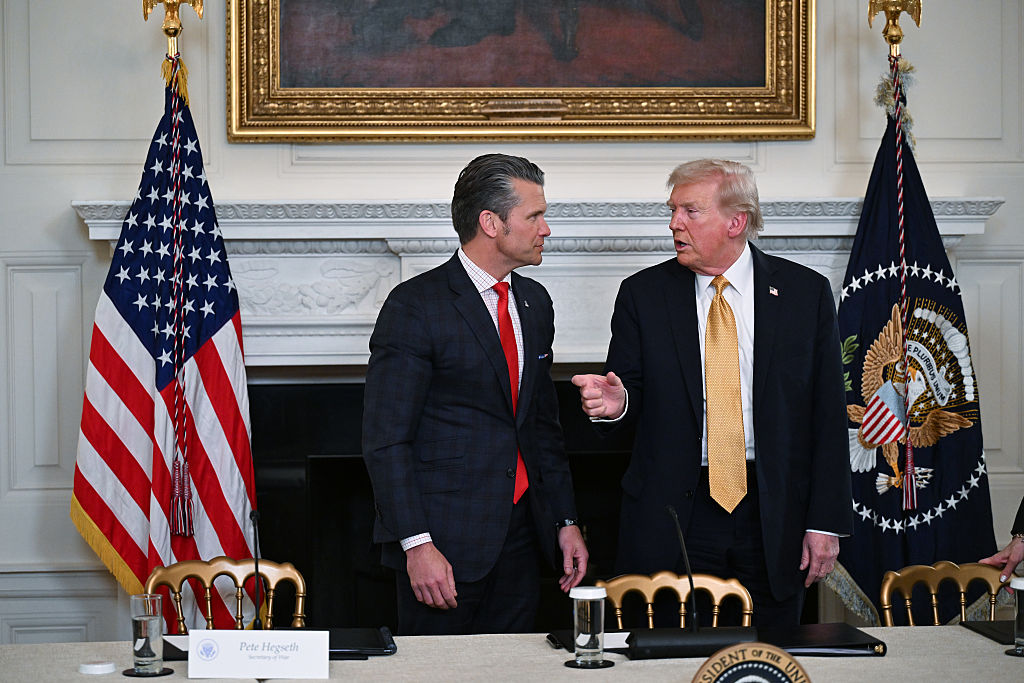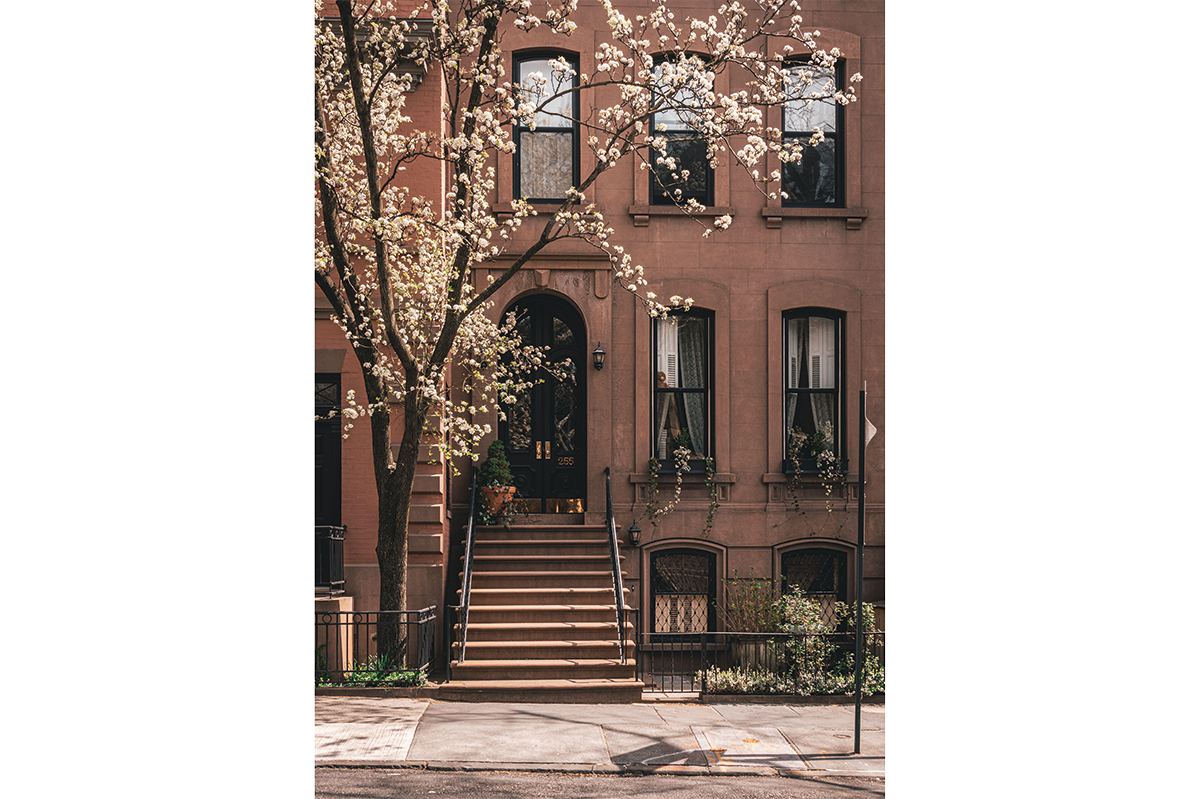Will the government finally stop giving the concrete finger to popular taste by erecting ugly, expensive and unsustainable buildings with taxpayers’ money instead of fostering a civic architecture that speaks the language of American democracy?
The leaking of a draft directive that calls for a return to ‘Classical and traditional styles’ in major public buildings in Washington DC has occasioned outrage and contempt from the expected quarters: architects who know best and journalists to whom the exterior of a public building is an obstacle to be surmounted on the way into the corridors of power. But the traffic circus known as Dupont Circle is not about to become a Roman circus, with lions of the Senate fighting each other with net, trident and rolled-up order papers. Washington DC’s terrible traffic problems are, regrettably, not about to be eased by the designation of a lane for chariots only. And Donald Trump is not about to declare himself an immortal emperor, give the thumbs down to Pelosi, the Etruscan slave who leads the Blue faction so popular in the empire’s capital, and exile her to the distant and barbarous province whence she came.
People who live in glass boxes shouldn’t throw stones. For decades America’s capital, like the capitals of every other nation, has been defaced by concrete cubes and glass boxes, not so much thrown up by the collusion of unelected administrators and a client class of architects and construction firms, as thrown in the face of public taste. A new set of guiding principles is needed, and we’re not likely to get a president more familiar with construction than the current one, who understands that public spaces are the golden escalator between the lobby, where we mill around together, and the upper echelons of money and power.
Consider the National Gallery of Art. Not the original west building from 1940, designed by John Russell Pope after one of the ancient world’s finest buildings, the Pantheon at Rome, only with a gift shop and a café; but the east building from 1978, a giant concrete ‘H’ designed by I.M. Pei, apparently so that visitors to The Mall could look at the White House while being reminded of the shopping malls back home, a thought presumably intended to remind them how insignificant and powerless they truly are. Here Pei ignores the elementary modernist instruction that form must follow function. This is the nation’s repository of art. If anything, the building should be a vast and childish ‘A’.
‘Classical and traditional architectural styles have proven their ability to inspire such respect for our system of self-government,’ the leaked memo says. Twentieth-century international modernist styles, less so. If one word stands for the corruption of government, it’s ‘Watergate’, the name of a hideous concrete ‘superblock’ combining luxury barracks for congressmen and senators with sad office spaces. Its architect, Luigi Moretti, had earlier been responsible for such masterpieces of democratic design as the Mussolini Forum sports complex in Rome, featuring the Duce Gym (1928-38), not forgetting his memorable House of the Fascists.
Moretti’s fascist past wasn’t incidental to his architectural style. It was integral to it, just as it was for the prince of poured concrete, Le Corbusier the solar-worshipping racist nutjob. All public architecture is political, and it must be said that no one embarrassed Classical ideals more than the 20th-century totalitarians, who pastiched Classical precedents on epic and vulgar scale. Nevertheless, Classical and traditional styles of design and construction last longer and look good for longer. Concrete crumbles and goes moldy. Glass cladding looks cheap and streaky. Brick and stone, however, ripen with age. They also speak for the ages in a language we understand, and in a vastly richer vocabulary than the crude punning of our recent institutional architecture. It’s fun that airport terminals should look like giant cantilevered wings. But the cladding on the National Museum of African American History and Culture, which is supposed to evoke a slave ship, looks like something from an adventure playground. This, like many of the legacies of recent decades, is a failure of civic responsibility.
There is a continuity between the White House and American suburban vernacular, and between those styles and the 18th-century English country house: an oblong, balanced by a Classical porch at the center. This style works equally for a family three-bedder in Arlington as it does on the scale when your house takes wings, as with the White House. This family resemblance suggests a shared understanding about how the stage of society should look. It implies the democratic contract that our elected leaders are like us, only more so, and that they will govern with our needs in mind, and not theirs or their courtiers.
The current Guiding Principles for Federal Architecture, dating from 1962, advise that ‘The design must flow from the architectural profession to the government. And not vice versa.’ This Kennedy-era technocratic optimism has bequeathed a disastrous, ugly and unpopular shambles. It has created a corporatist alliance between government and the private sector — no wonder Luigi Moretti fitted in so well in DC. Committee men and a pompous client class collude to exclude the public, producing a official taste that is aesthetically stunted but monumentally aggrandizing.
Taste, like legitimacy, should flow from the people to the government. It can be corrected, just as the Founders sought to contrive an electoral system that would correct the impulses of the mob, but it cannot be ignored. No one is proposing that all new government buildings resemble Lincoln’s log cabin, with a parking garage in the basement and a Starbucks in the lobby. Americans already have a rich vocabulary of ‘Classical and traditional styles’, and they’ve already voted on which they like: not just the New World Georgian country house, but also the Beaux Arts urban style and the medley of Art Nouveau and Art Deco that can be seen on DC’s FDR-era federal buildings. It is on these traditions that public spaces should be built.
It is an American custom that much of the media will accuse every Republican president of philistinism: Reagan watching cowboy films, George W. Bush and his brush-cutting hobby, Donald Trump and his nocturnal cheeseburger. Better, apparently, to be ruled by president like Bill Clinton, who was more likely to be seen wearing no pants at all than tartan slacks, or Barack Obama, whose legacy Donald Trump has reduced to a series of playlists at once predictable and patronizing. But movies, gardening and burgers are the American vernacular too. This is the people’s choice. A government that acknowledges popular taste is merely observing the proprieties of democracy.
Since its redevelopment in the 1930s as a bureaucracy commensurate to the scale of its task, Washington, DC has, as bureaucratic capitals always do, drifted away from the public, if not paddled away as fast as it could. A correction in public architecture would, like much else in the Trump presidency, restore balance between the government and the people. And the revival and support of specifically American styles will send the right message both to the American people and to the rest of the world: this is a democracy that builds for the people in a language that reflects the social contract. It builds to uplift and inspire, not to intimidate or exclude. And it builds to last.



